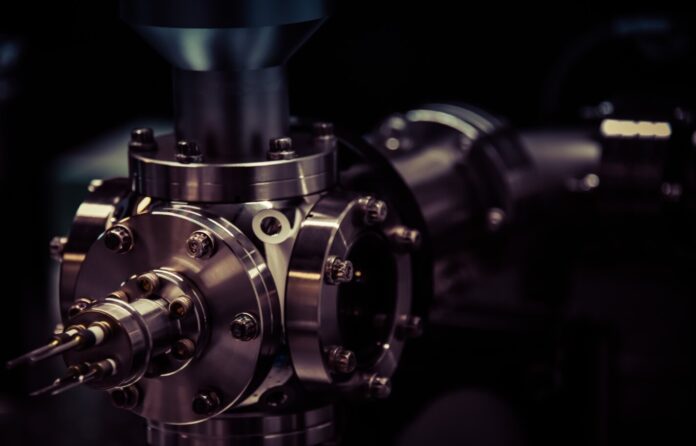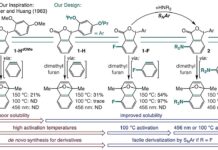Quantum computers hold immense promise for tackling complex problems beyond the reach of classical computers. Think drug discovery, materials science, and financial modeling—all areas ripe for disruption by quantum’s unique processing power. However, these delicate machines are notoriously prone to errors caused by environmental noise and imperfections in their hardware. This poses a major challenge: how can we trust the results they produce?
Enter cryptographic verification protocols – software safeguards designed to ensure quantum computers accurately perform calculations and that their outputs haven’t been tampered with. These protocols are crucial for building confidence in quantum computing, especially as systems grow larger and more complex. Verifying computations on increasingly powerful machines will become impossible through traditional comparisons to classical simulations.
A breakthrough has been made by researchers from Sorbonne University, the University of Edinburgh, and Quantinuum, who have developed a new protocol that allows quantum computers to essentially self-verify their results. This innovative approach, detailed in a paper published in Physical Review Letters, was successfully tested on Quantinuum’s H1-1 quantum processor – a significant step forward for practical application.
How it Works: Cryptography for Self-Assurance
Traditionally, verification protocols have relied on comparing computations between separate quantum processors or using classical computers to cross-check results. This new protocol flips the script, integrating cryptographic principles directly onto a single quantum chip. Imagine a built-in ‘lie detector’ for quantum computers!
The key is weaving “tests” into the very fabric of the computation. Randomly interspersed within calculations are checks that reveal whether the hardware is behaving correctly. By analyzing the results of these tests, the system can statistically determine whether its computations are reliable. Think of it like a quality control check built right into the production line.
“We brought a fully verified quantum computation onto real hardware using today’s technology,” explains Cica Gustiani, lead author of the study. “The protocol already works under very general assumptions about noise – which covers most types of errors in quantum computing – and can be efficiently simulated.”
Beyond Theory: A First on Real Hardware
This isn’t just a theoretical exercise. The team successfully verified the largest measurement-based quantum computation to date, involving 52 entangled qubits (the building blocks of quantum information). This achievement demonstrates that cryptographically inspired verification can work with existing hardware and scale up to handle larger computations.
The Future: Trustworthy Quantum Computing
While quantum computing is still in its early stages, this development marks a crucial step towards building trust in the technology. As quantum computers become more powerful and widespread, being able to self-verify results will be essential for ensuring accuracy and security. Future research will focus on refining the protocol to handle more realistic noise models and integrate it with fault-tolerant architectures – paving the way for truly reliable and secure quantum computing.
This on-chip verification opens up exciting possibilities for various fields, including cryptography itself. Imagine ultra-secure communications built on the inherent properties of quantum mechanics, protected by this very system of self-assurance within the quantum computers themselves. The journey towards practical, trustworthy quantum computing continues, propelled by groundbreaking advancements like this one.

































